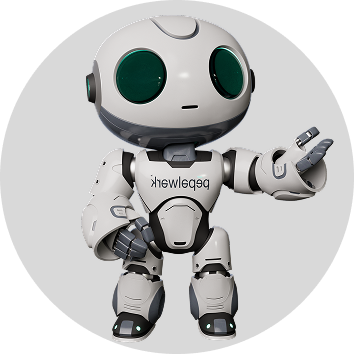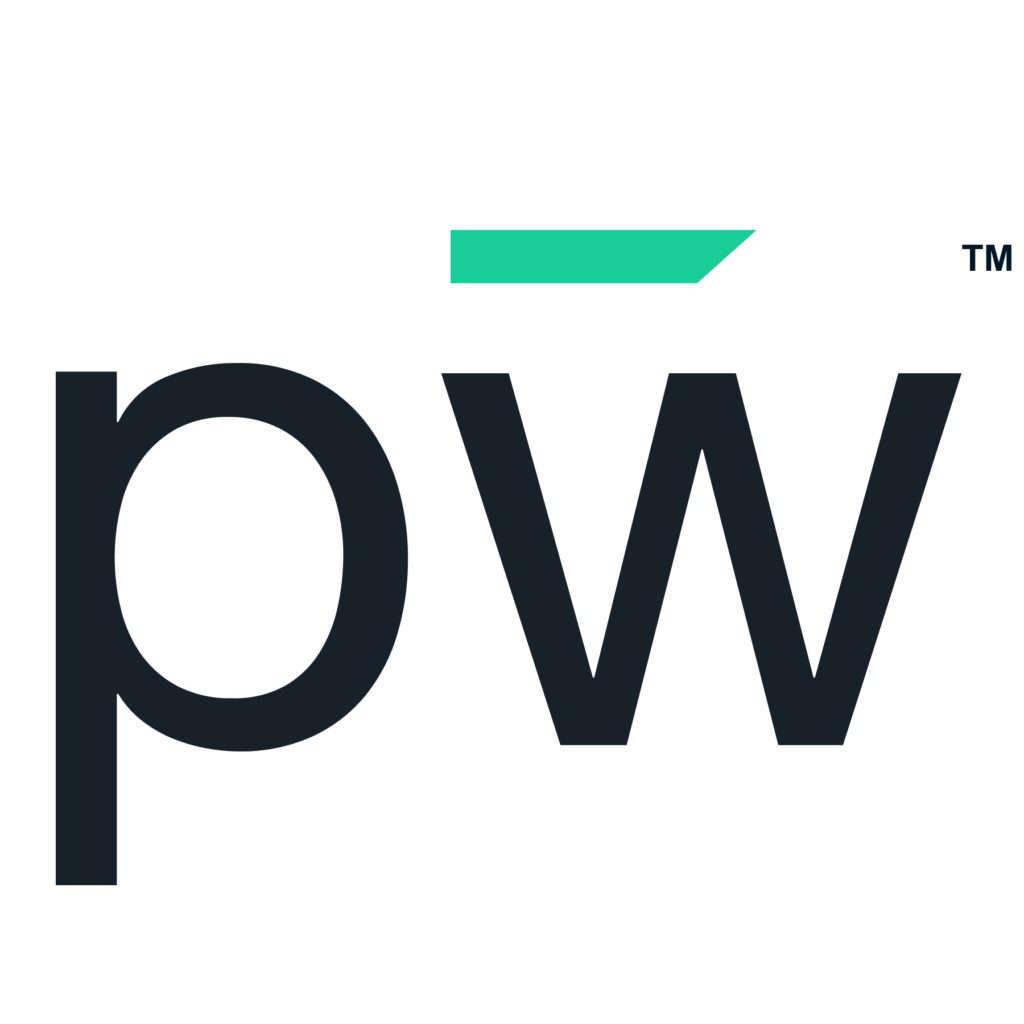Talent acquisition and hiring in the 21st century can be a complex process. Building your workforce for the present and the future requires a comprehensive strategy centered on the best ways to recruit employees. Unfortunately, many companies are struggling to fill jobs in a highly competitive environment. Candidates also have new expectations and demands about what a job should involve.
How will you make your organization attractive to job seekers? And is it time for a new approach?
What To Know Before You Can Strategically Recruit
Before you can define and implement a recruitment strategy, there are a few things you should know.
Determine your cost per hire.
Your cost per hire is all the external and internal costs of new hires for a specific period divided by the total number of hires for the same period. According to the Society for Human Resource Management, the average is $4,700. This number could be much higher depending on the seniority of the job and how competitive the field is.
Define how to lower your cost of hire.
You have the numbers. Now it’s time to dig deeper to see where the money is going and in what areas you can reduce expenses. You could find money wasted on technology, advertising or other outlets that aren't efficient or effective.
With these insights, you can then begin recruiting employees in the best way.
6 Strategies for Recruiting Employees in the Best Way
There are many approaches for you to consider recruiting effectively and build a qualified, motivated workforce. These can all become part of your recruitment strategy.
1. Optimize your careers page.
Your careers page is often the first stop for prospective employees. It’s a place to highlight open roles and showcase your company as a good place to work. It should be a great resource for job seekers to learn about the organization’s history, culture, benefits and core values. These are important to candidates and will influence if they believe your business is attractive. Including answers to FAQ can be helpful so interested parties can have facts rather than assumptions.
Often job boards only include links to the role on a third-party platform or your applicant tracking systems (ATS). If this is how your page is currently running, it could be contributing to fake applications and recruiting fraud, costing you time and money.
For a careers page to deliver value, make sure it’s dynamic with buttons for a candidate to see how they match your job profiles. You can provide this type of experience with career-matching software such as pepelwerk.
2. Evaluate ways to improve job listings.
Standard job listings offer few insights into the role and the company. Most are just a “wish list” of requirements with some details about responsibilities. While they are usually straightforward, it doesn’t mean today’s workforce will respond to these. Candidates want more context around the actual job, compensation, culture and opportunity. Keeping with the status quo in your job postings won’t help you stand out to the next generation of workers.
The alternative to a job description is a job profile. A description is “what and how,” while a profile is “who, where and when.”
3. Integrate your culture and values into the recruiting process.
Candidates care about your culture, and it contributes to the likelihood of them accepting a position at your company.
Culture was a primary motivator of the Great Resignation. The U.S. Bureau of Labor Statistics found that more than 47 million Americans voluntarily quit their jobs in 2021. A survey of the Great Resignation found that a key reason respondents gave for leaving their job was a toxic company culture. Another survey revealed that 77% of people consider culture before applying for a job.
These points make a compelling argument for making culture a part of your recruitment strategy. It needs to be positive and stay far away from toxicity or stereotypes such as “we’re a family,” “a fast-paced environment,” or “work hard; play hard.” Those are actually red flags! Work with others in the organization who are culture champions to define how you’ll shape messaging about your culture to share with candidates.
Another important consideration around culture is that you can’t build it or communicate it by showing some shots of groups at team-building events or adding a vision statement. Those things don’t really define your culture in any tangible way. Developing a true team dynamic and culture comes from leveraging attribute matching via pepelwerk.
4. Work with schools and career services to find talent.
You can find a strong ally in schools and career services for keeping your talent pipeline flush. These organizations want to support students in finding the right career. By creating a partnership, you can connect with people with the skills and qualities your roles need. You can also impact the programs schools and career services develop by sharing with them the in-demand skills that correlate to the jobs you need to fill.
With so many types of schools now available, you may find it overwhelming to make connections since there’s only one of you. The pepelwerk platform can be a tool to help with this because you can centralize all your sourcing in one place. You’ll get better results from this approach — and so will students.
5. Attend unique events to meet job seekers.
Job fairs have been the standard way for employers to meet candidates. However, they aren’t typically very successful for companies or job seekers. They are outdated, obsolete, and a considerable expense. They also don’t allow you or job seekers to get to know each other and find a fit.
People have no interest in resume gaming and table touring. What they do care about is having experiences with meaningful conversations.
In-person events can be valuable if they have the right format and framework. The key is to make it less of a resume mill. Rather, you should participate in career events that allow you to inform incoming workers about the field and provide skills-based matching for entry-, intermediate- and expert-level roles.
Get more tips on hiring in the workplace by watching this video on hiring versus employing.
6. Use artificial intelligence (AI) and job matching to evolve the way you hire with skills matching.
Leveraging technology, such as job boards and ATS, to recruit candidates has been part of talent acquisition for decades. But they’ve become more of a burden rather than offering value because they don’t account for the real world of hiring. Job boards sometimes use AI, but it’s based solely on keywords in a resume. An ATS may do the same thing, which can reject great people.
The new frontier for recruiting technology is people-centered. A job-matching platform embraces this position and has much more advanced AI results. It can evolve how you hire based on a candidate’s attributes, abilities and attitudes.
What Is a Job-Matching Platform, and Why Is It More Effective?
A job-matching platform such as pepelwerk uses data points defined by companies to connect them with candidates with defined abilities, aptitudes and attitudes. This match considers multiple factors and modernizes the way you recruit.
The solution focuses on data-driven matching, which takes the available information and uses AI and machine learning to produce automated results. There are no resumes or applications. Instead, it’s about skills matching. You build a job profile to match a candidate profile. This technology allows you to source, develop and hire authentic and qualified people.
The Advantages of Using Job Matching
What do you gain with pepelwerk job matching? It’s the best way to recruit employees because it:
- Lowers your cost to hire: Stop wasteful spending on job boards, advertising and fairs. Investing in a job-matching platform can reduce the amount it takes to hire someone, and you’ll be able to track that in the system.
- Builds your recruitment pipeline: With job matching, you can find people that may need to reskill or upskill to be the best fit. You can develop these people so you always have a flowing pipeline.
- Finds candidates you may have overlooked: Job boards and ATS software reject resumes because of keywords. Job matching doesn’t follow this approach. You’re looking for people with specific skills, and matching is bias-free, so you have exposure to a diverse and inclusive workforce.
- Focuses on candidate aptitudes, abilities and attitudes for a better fit and retention: This trifecta of how job matching works is what makes it so unique. It enables you to see people in a new light based on ideal fit — not if they have this degree or worked in a certain industry.
Hiring Managers Need Job-Matching Hiring Hubs To Recruit New Employees
The pepelwerk hiring hub is the best way to recruit employees. It’s people-centered technology to source and develop high-quality candidates. With pepelwerk, you’ll match with screened and qualified individuals and be able to streamline the entire process to ensure the best experiences for you and your candidates.
Book a meeting today to get started.










